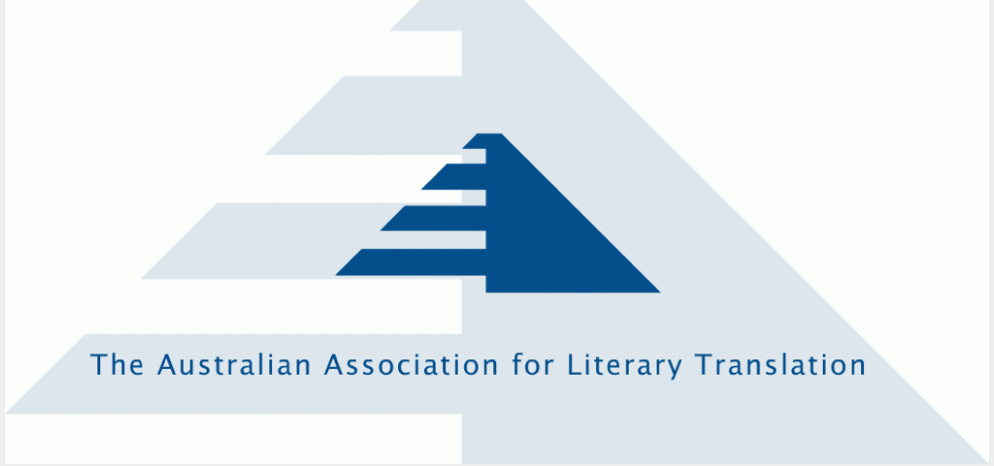
Expression of Interest: Self-Translation, The AALITRA Review, Issue 22 (2026).
Self-translation challenges the established binary between author and translator: as per Anton Popovič’s early definition, self-translation is ‘the translation of an original work into another language by the author himself’ (1976, 19). For Susan Bassnett (2013), self-translation also challenges the notion of originality, in both senses of the word. Such practice requires of the self-translator to balance accuracy and truthfulness to the source text, while drifting towards recreating it in parts or in whole. Another favoured binary in Translation studies, the distinction between start text(s) and target text(s), becomes rather blurred, and inoperative. Think of Samuel Beckett, whose self-translations were akin to acts of rewriting. Ilan Stavans (2018), who lives and writes in four languages and practices translation and self-translation, confesses: ‘I exist in an echo chamber of self-translated voices, all of them my own.’ As Anthony Pym (2020) puts it though: self-translations ‘tend to be remarkably free and creative (Samuel Beckett is the prime example), since it is difficult to betray oneself’. The self-translator can’t not be true to the author.
Practices of collaborations between an author and their translator may lead to such a large input of the author-as-self-translator as to backfire on the start text: a case in point is Borges and his translator Norman Thomas di Giovanni, who ended up inciting Borges to alter his writing to fit the translation.
For his part Rainier Grutman (2013) distinguishes ‘At least three categories of self‐translators whose linguistic repertoire is characterized by […] asymmetry: (1) “(post)colonial” writers who alternate between their native tongue(s) and the European language of the former colonial powers; (2) recent immigrant writers who expand on work begun in their home country […]; (3) writers belonging to traditional linguistic minorities’.
Some theorists go as far as consider ‘the act of self-translation as a potential tool to restructure the domain of translation studies’ (A.K. Ajeesh & R. Pranesh Kumar, 2019). There is a still much to discover in the theory and practice of self-translation.
This is the reason why The AALITRA Review is calling for contributions relating to the act of self-translation. Contributions may take the form of articles, or Translations with commentary analysing authors’ own self-translations, or existing ones, not limited to the well-known self-translators like Graham Green, Vladimir Nabokov, Nancy Huston, Jorge Semprun, or Ariel Dorfman. Interviews or Diaries of self-translators are more than welcome.
Send your Expression of Interest before the end of November 2025, for full-length paper submission by 13 February 2026 to : aalitra.review@gmail.com or helene.jaccomard@uwa.edu.au
Calendar:
Send your EOI /Abstracts November 2025
Submissions of full-length papers by 13 February 2026
Response to authors [after assessment] 1 June 2026
Authors revisions 14 August 2026
Publication November 2026